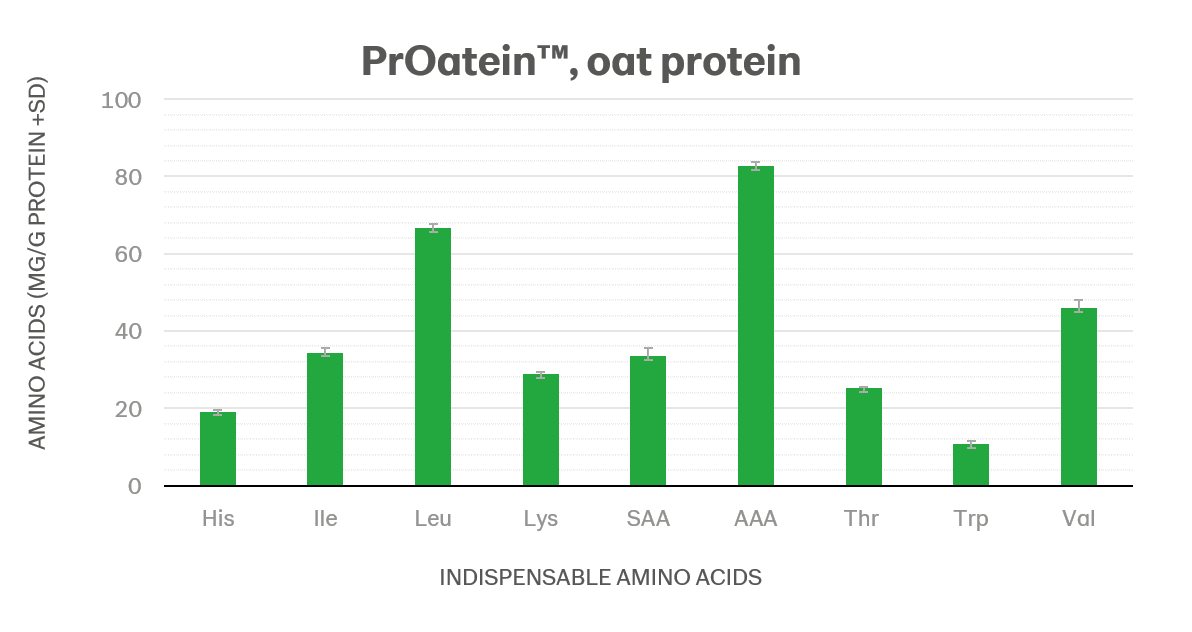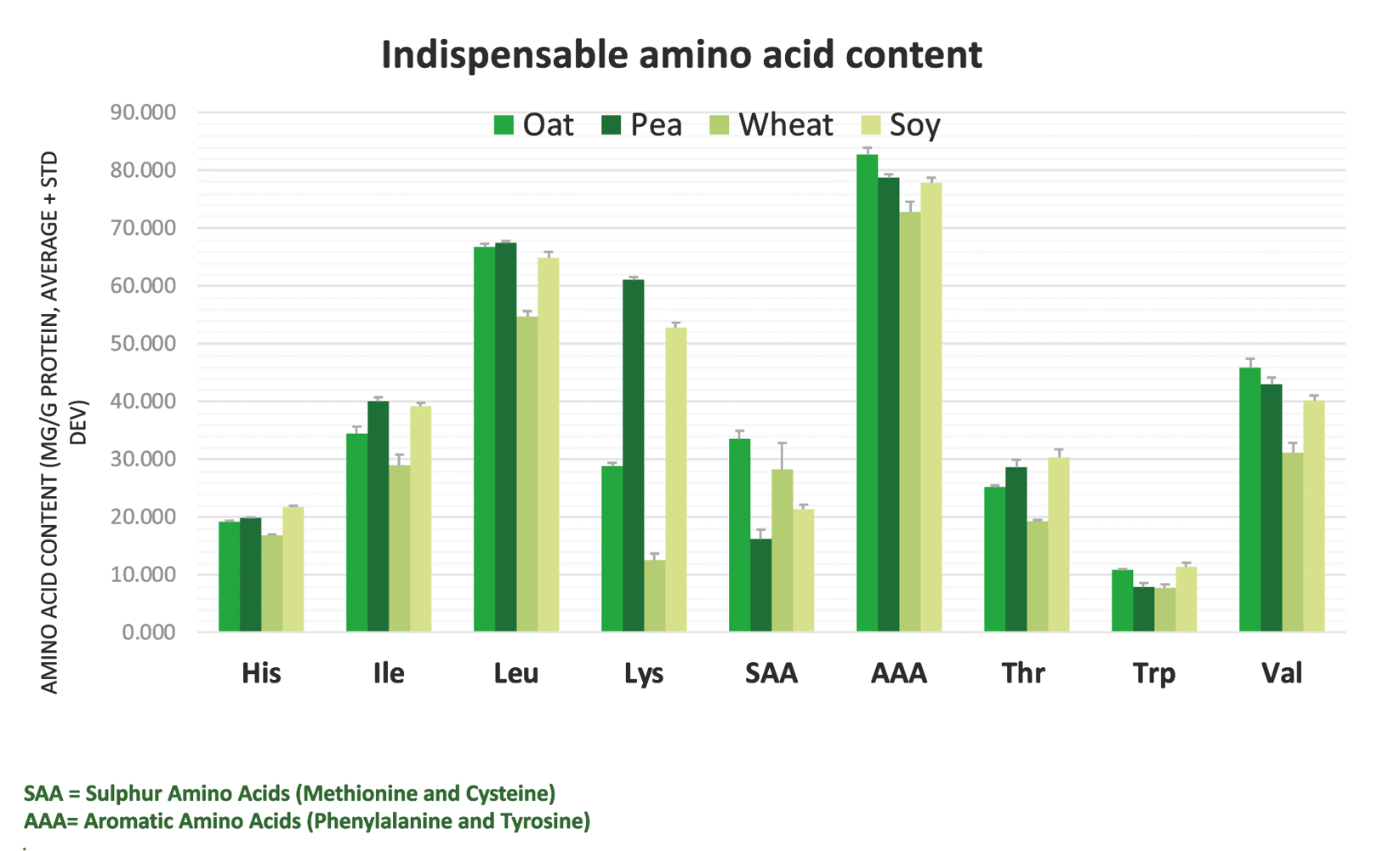
Lantmännen is an agricultural cooperative and Northern Europe’s leader in agriculture, machinery, bioenergy and food products.

Lantmännen is an agricultural cooperative and Northern Europe’s leader in agriculture, machinery, bioenergy and food products.

The Agriculture Sector constitutes Lantmännen's core business and offers products and services to promote strong, competitive farming.

The Food Sector develops, processes and markets products that include flour, breakfast foods, pasta, frozen and fresh bread, crispbread and ready-to-eat meals.
Lantmännen is an agricultural cooperative founded on the deep knowledge our farmers have aquired over generations. We make farming thrive and work together to take responsibility from field to fork.
From our core farming business, through the value chain, from field to fork, we are involved in every step from sowing to harvesting; to the food on our tables, feed for our livestock and climate –smart biofuels.
Owned by Swedish farmers, Sweden is our base with the Baltic Sea area as our expanded domestic market. We have a strong international presence, and no matter which country and location we operate in, we always take the same responsibility.
We pursue research and invest in innovation for tomorrow’s agriculture, bioenergy and foods of the future. Innovations are crucial if we are to resolve the challenges of today and tomorrow, which is why Lantmännen also has its own research foundation.
You´ll find the Lantmännen sprout on our packaging. The products may be different, but everyone can feel safe that we also minimise impact on climate and people. If you find the sprout on a packet, you can be sure what’s inside is Good Food from Lantmännen.
PrOatein oat protein - so much more than just protein fortification.
PrOatein has a protein content of 55% (+/- 5%), a carbohydrate content of 21%, fat content of 13% and fibre content of 4.6%
In addition to the protein content, PrOatein also contains:
In addition to PrOatein Standard, Lantmännen offers two more variants, which are adapted to be integrated into organic applications or applications where mouthfeel is of importance.
This product is specially developed to be used in applications where mouthfeel is of importance, such as dairy alternatives, plant-based beverages and lifestyle nutrition. The protein levels are equal to PrOatein Standard (55% average), only PrOatein Fine has a smaller particle size - resulting in a smoother mouthfeel.
The organic version of PrOatein is produced via a natural process from organic oats. It is an excellent alternative or complement to other plant-based protein sources and can be used to boost the protein content of a wide range of organic applications such as; bread, pasta, dairy analogues and lifestyle nutrition products.
PrOatein meets nearly all the WHO 2007 amino acids pattern requirements for adults, except for lysine, the limiting amino acid in oat protein. PrOatein contains at least 10% more sulfur amino acids (SAA) than pea protein; more SAAs and valine than soy protein; and has more of each indispensable amino acid compared to wheat. Combining plant proteins can create a more complete amino acid content in finished food products.

At a time when more mainstream consumers than ever before are seeking foods containing plant-based proteins, PrOatein oat protein offers an ideal solution for product application specialists. Its combination with pea protein in both meat analogues and nutritional supplements provides exciting potential for new product development in these fast-growing categories

